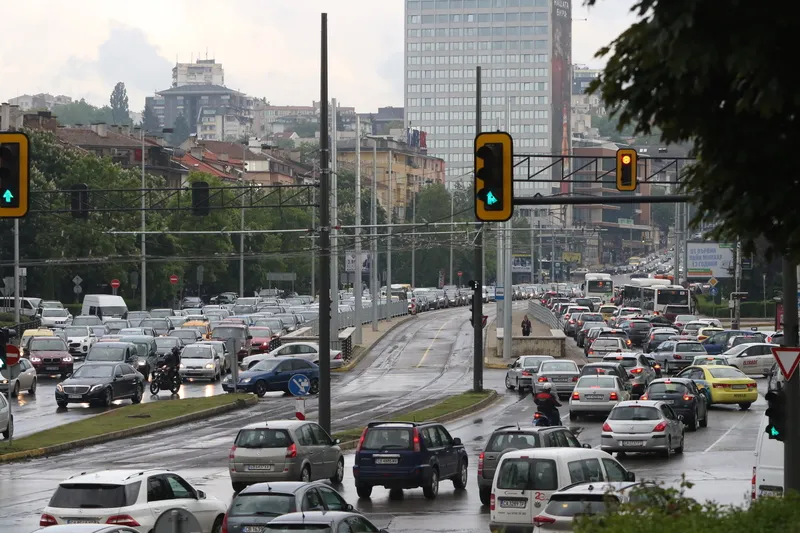
There were 526 road deaths from crashes in Bulgaria during 2023 and the country’s poor road safety has continued since. Data from the Bulgarian General Directorate National Police shows that from the beginning of the year until October 13th, 2024, there were 5,665 road crashes in the country. So far in 2024 until October 13th, there were 356 road deaths and 7,136 injuries on Bulgaria’s road network. Bulgaria’s capital, Sofia, saw the highest rate of road deaths for the country. The data from Bulgaria for 2024 so far suggests a gain of 840 crashes for this period, with 10 fewer fatalities but 802 more injuries. Drink driving and speeding are primary causes of crashes in Bulgaria.
According to Bulgaria's Interior Ministry, there were 438 fatalities caused by road crashes January 1st and November 30th 2024. This was a drop of 54 compared to the same period in 2023. So far there have been 8,353 serious injuries in Bulgaria caused by road crashes in 2024. Driving under the influence is a major cause of crashes in Bulgaria, with 3,962 drivers caught with a blood alcohol level exceeding the limit. However drug driving accounts for just 5% of those drivers committing DUI offences.
Hungary and Croatia also have a poor record on road safety. In the period from January 2024 to June 2024, there were 6,523 road crashes involving injuries in Hungary. There were also 996 crashes involving drivers aged 65 or more. There are concerns about the country’s older drivers, particularly those aged 70 or more, with suggestions of further testing being required.
And in Croatia, there were 71 deaths/million inhabitants in 2023. The numbers of registered vehicles in Croatia have grown by 32% over the past decade. But the numbers of drivers in Croatia have grown by just 1%.
Finland has seen a small drop in road crashes for 2023 compared to 2022. There were 89,700 crashes in 2023, a drop of 0.3% from 2022. Of these crashes the majority were minor, just 17% resulted in injuries. The data comes from the Finnish Crash Data Institute (OTI).
On a more positive note, the EU has seen a slight gain in road safety with 1% fewer deaths for 2023 at 20,400 overall compared with 2022. Sweden and Denmark had the safest roads in the EU during 2023, with just 22 deaths/million inhabitants and 27 deaths/million inhabitants respectively.
Outside of the EU nations, the other European nations with good records for road safety were Iceland, Norway, Switzerland and the UK, all with low rates of road deaths. Meanwhile, Serbia has the worst record for road safety in Europe as a whole.








